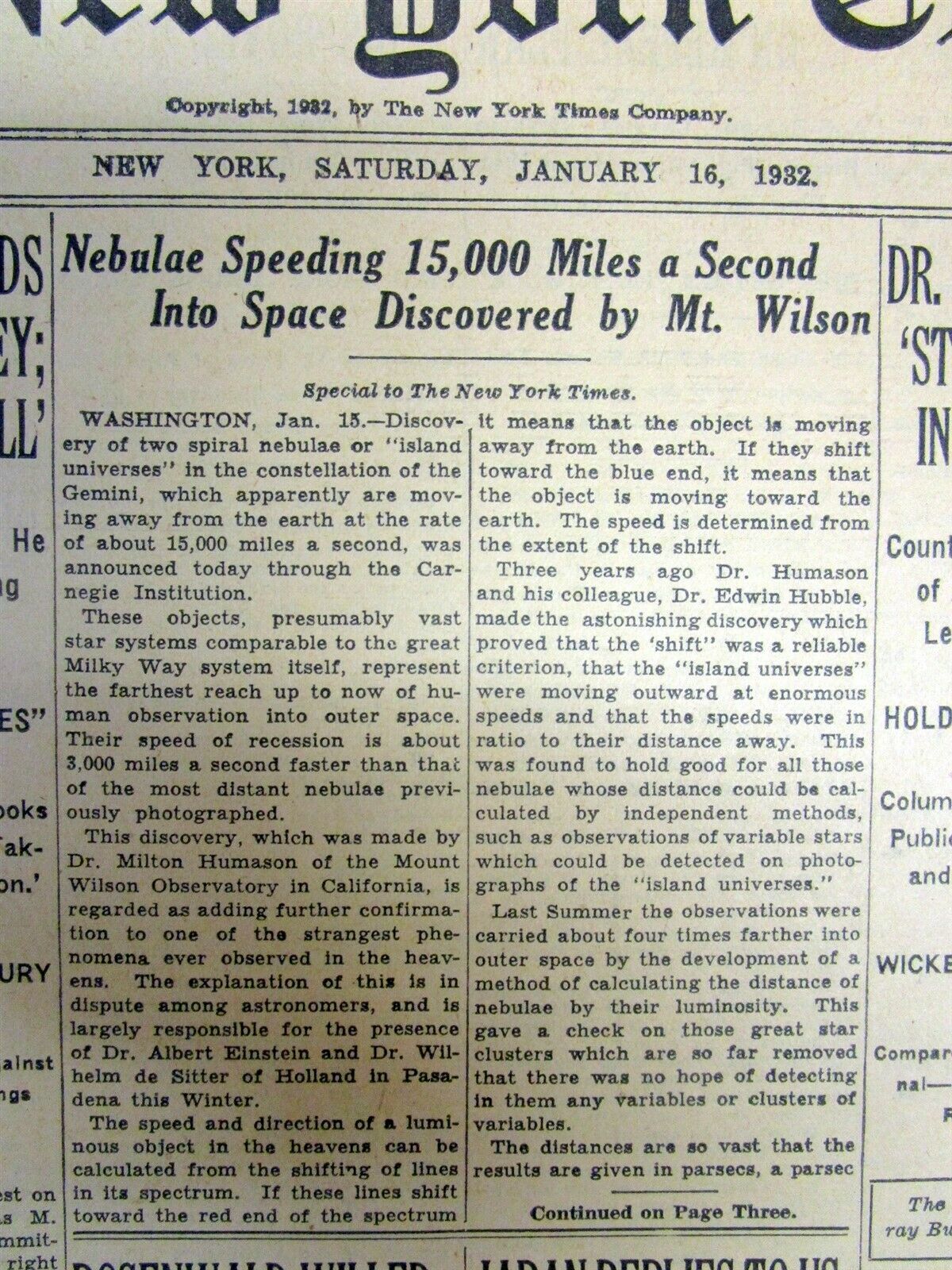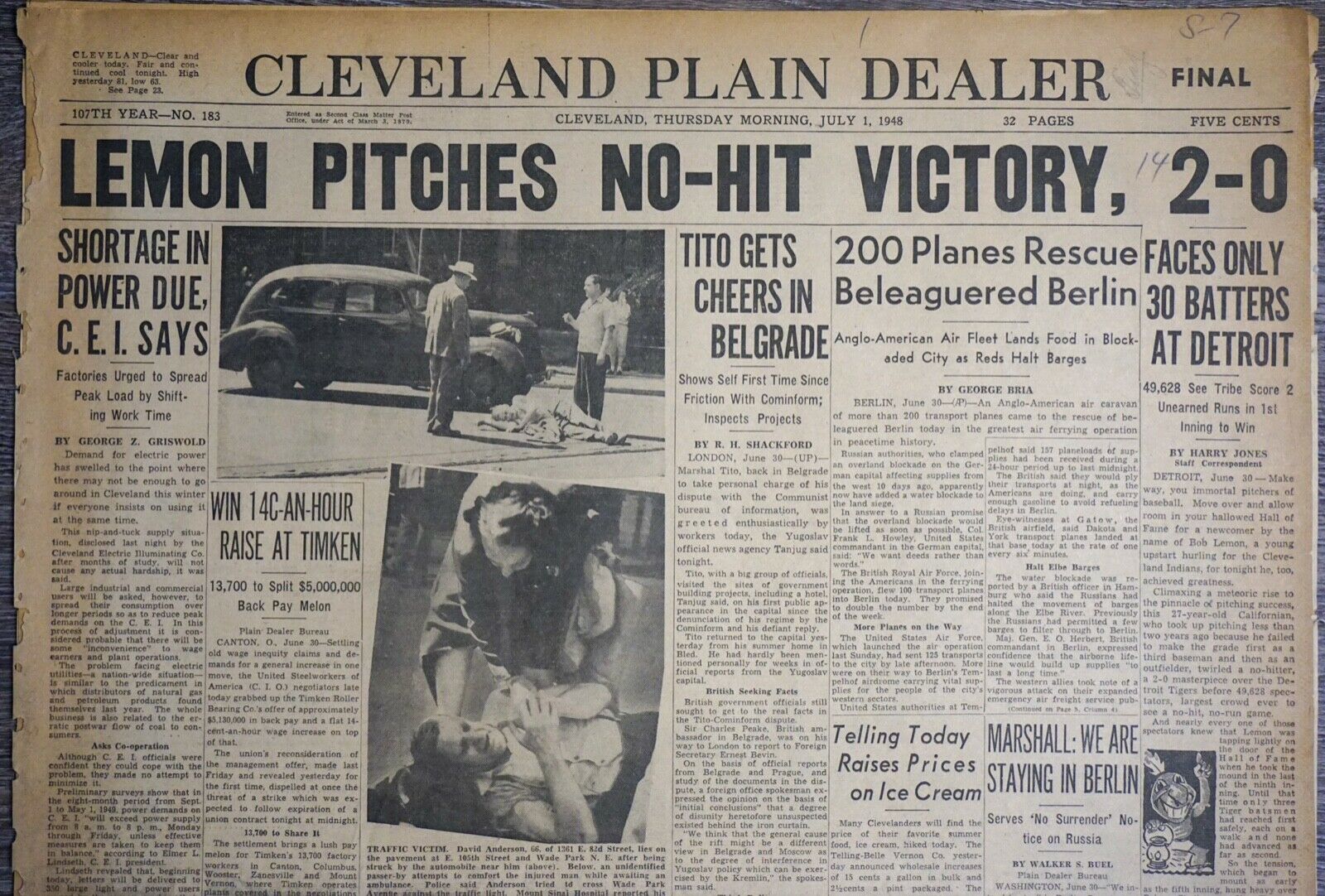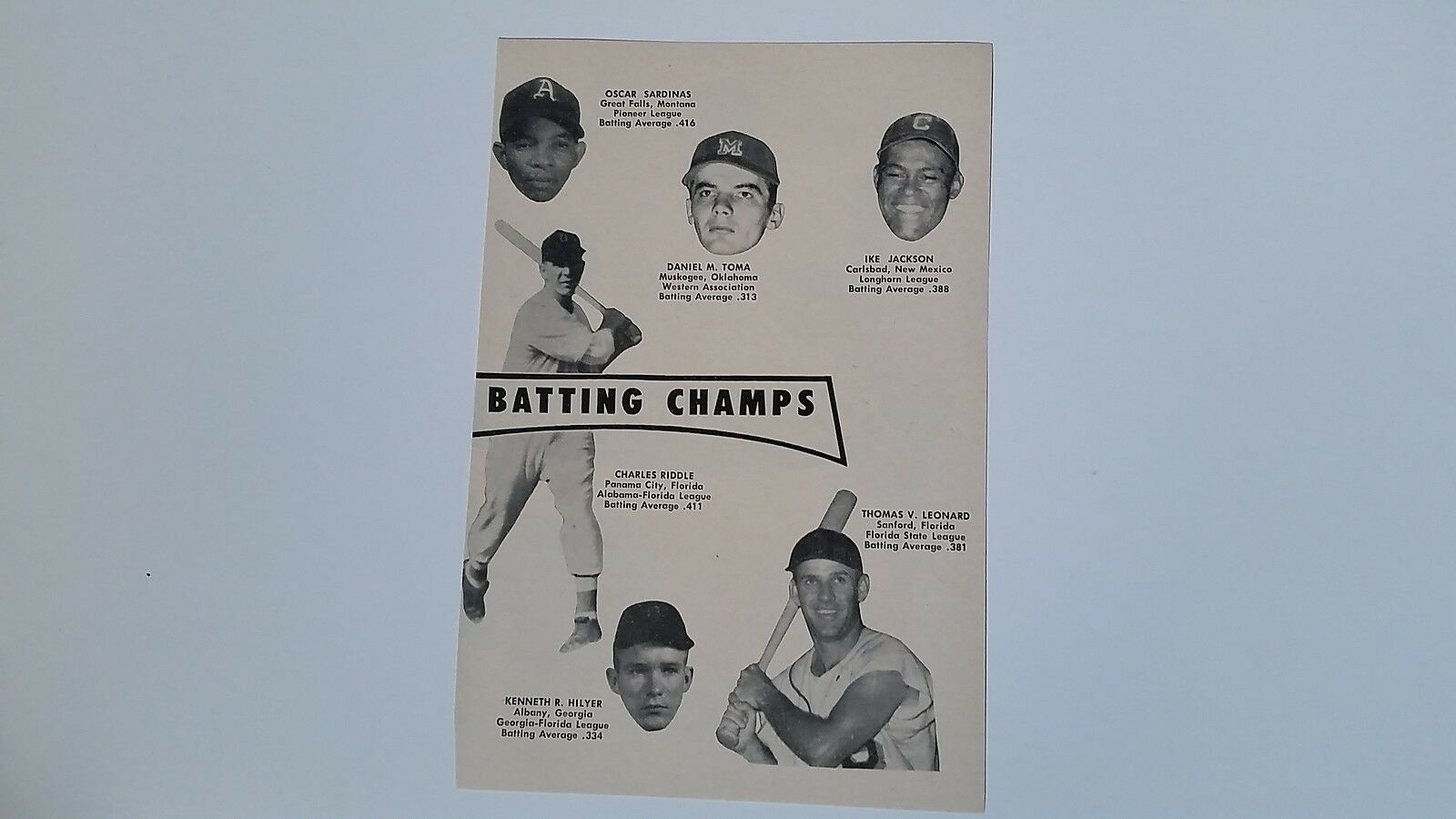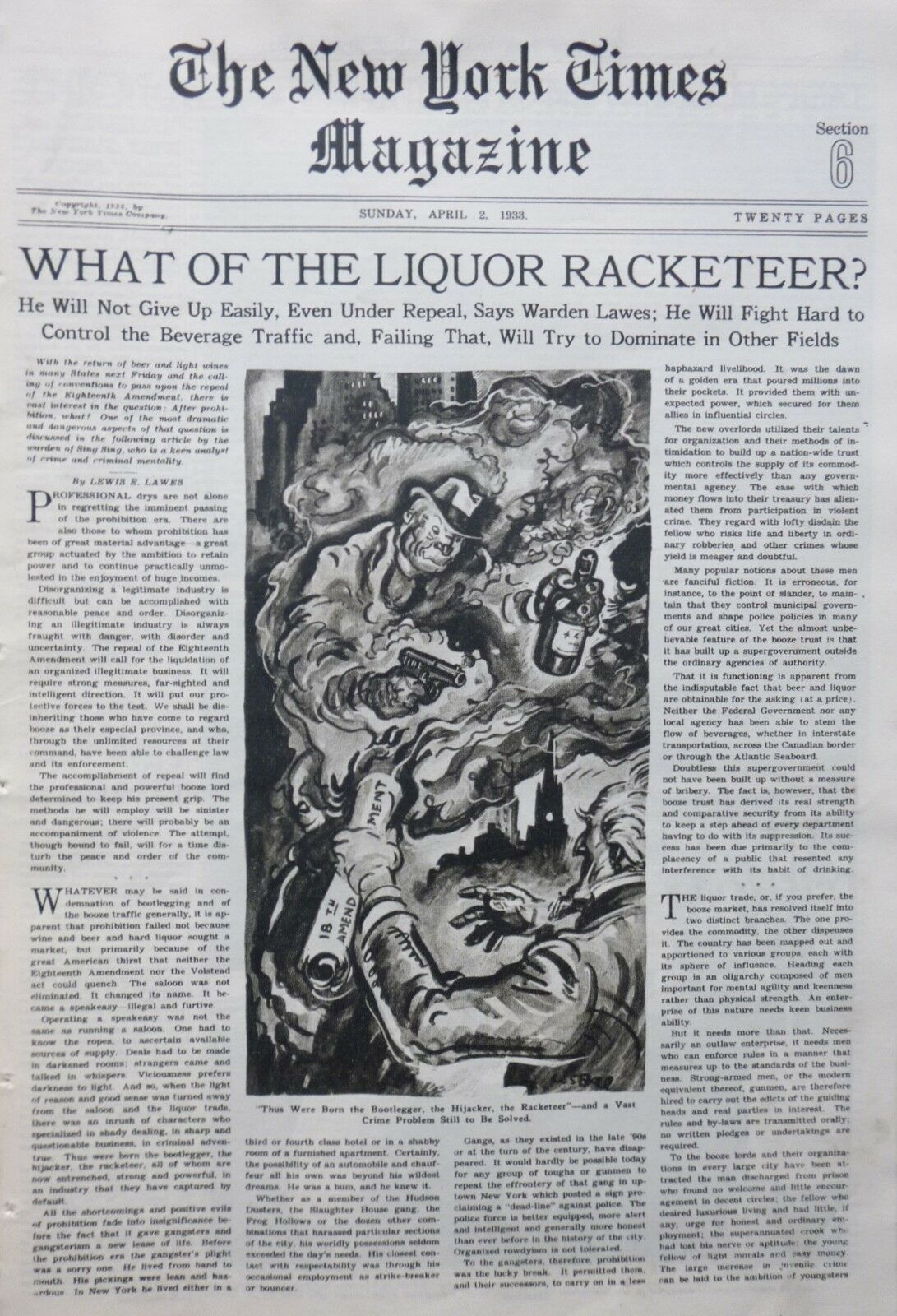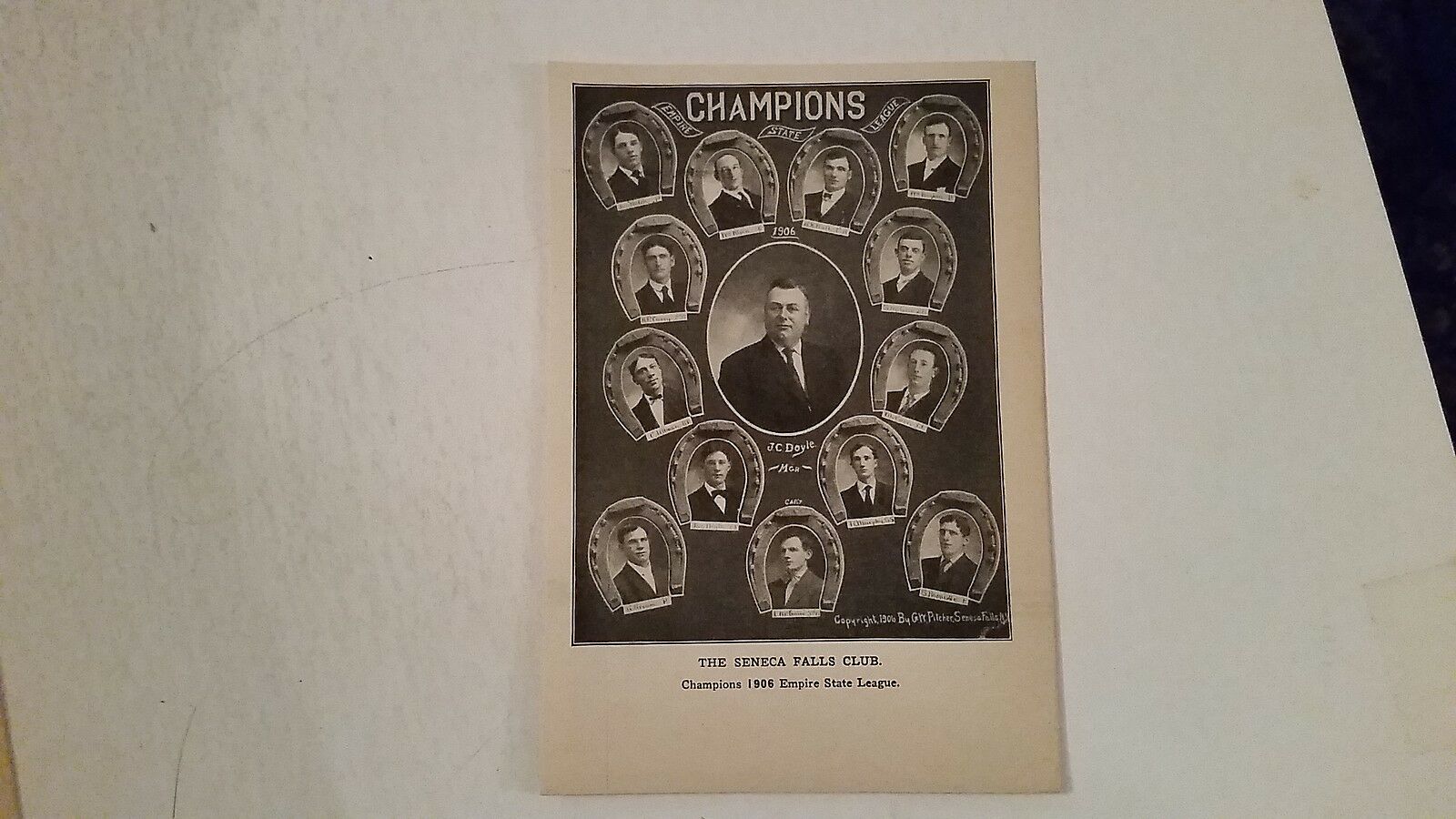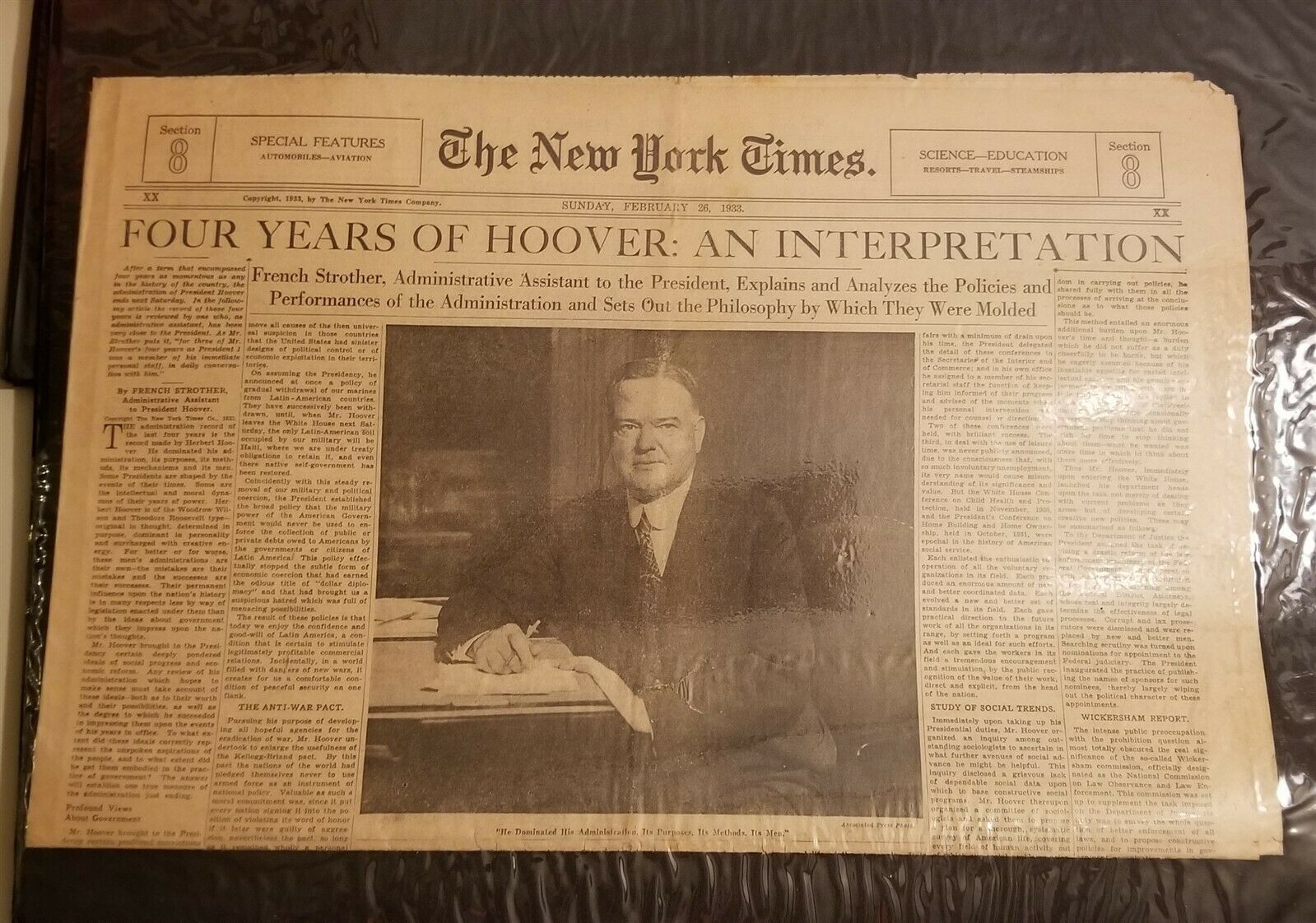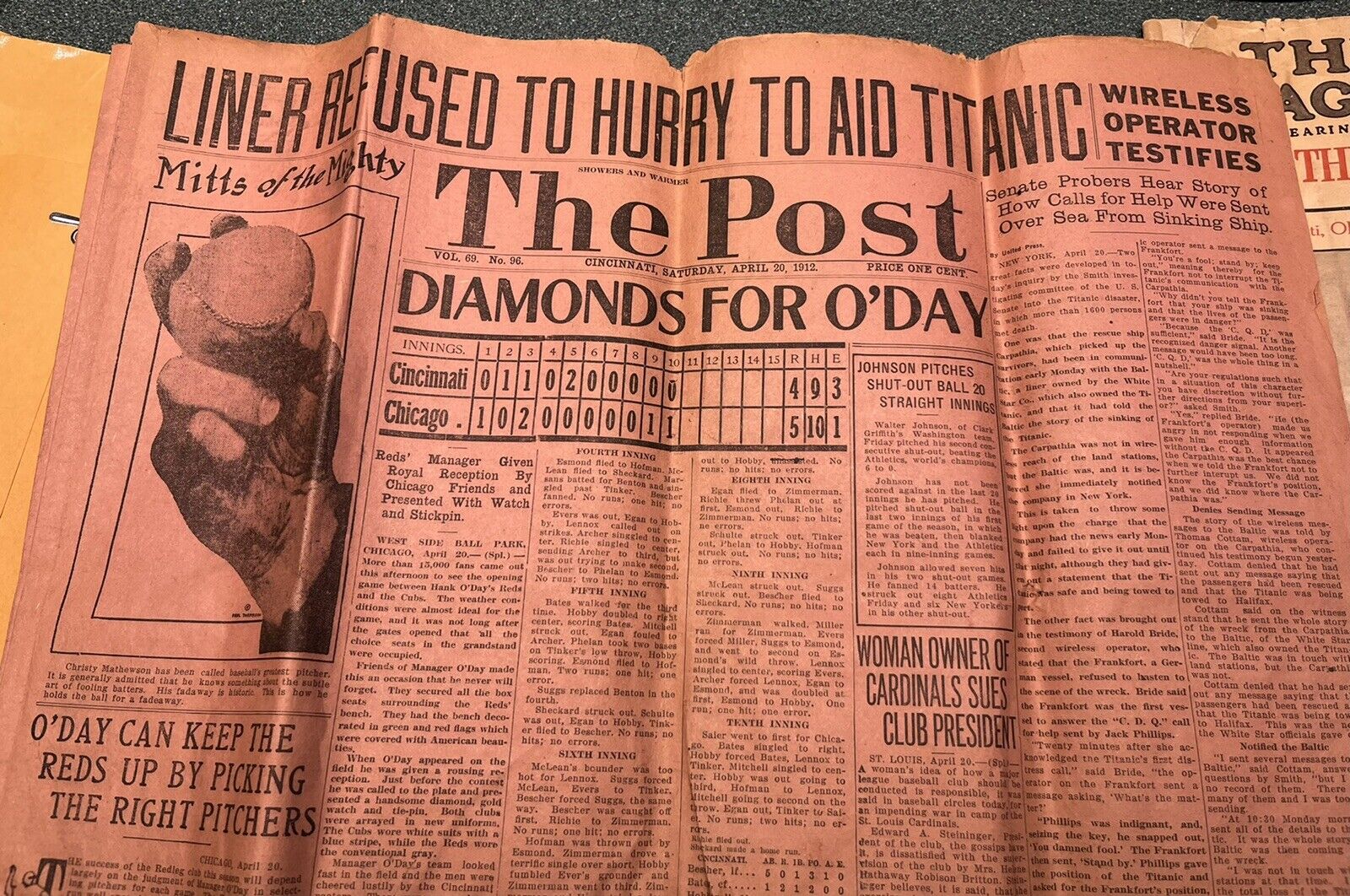-40%
1932 NY Times newspaper EXPANSION of the UNIVERSE is discovered BIG BANG THEORY
$ 18.48
- Description
- Size Guide
Description
1932 NY Times newspaper RAPID EXPANSION of the UNIVERSE is discovered - BIG BANG THEORY1932 NY Times newspaper RAPID EXPANSION of the UNIVERSE is discovered - the "BIG BANG THEORY"
- inv # 8H-318
Please visit our
EBAY STORE
for THOUSANDS MORE HISTORICAL NEWSPAPERS for SALE or at auction
SEE PHOTO(s) - COMPLETE ORIGINAL NEWSPAPER, the
New York Times
dated Jan 16, 1932. This original newspaper contains a prominent front page headline and early report of the finding (by the Mount Wilson Observatory) of the
RAPID EXPANSION of the UNIVERSE (the "big Bang" theory).
The history of the Big Bang theory began with the Big Bang's development from observations and theoretical considerations. Much of the theoretical work in cosmology now involves extensions and refinements to the basic Big Bang model. The theory itself was originally formalised by Belgian Catholic priest, mathematician, astronomer, and professor of physics Georges Lemaître.
In 1929, Edwin Hubble provided a comprehensive observational foundation for Lemaitre's theory. Hubble's experimental observations discovered that, relative to the Earth and all other observed bodies, galaxies are receding in every direction at velocities (calculated from their observed red-shifts) directly proportional to their distance from the Earth and each other. In 1929, Hubble and Milton Humason formulated the empirical Redshift Distance Law of galaxies, nowadays known as Hubble's law, which, once the Redshift is interpreted as a measure of recession speed, is consistent with the solutions of Einstein's General Relativity Equations for a homogeneous, isotropic expanding space. The isotropic nature of the expansion was direct proof that it was the space (the fabric of existence) itself that was expanding, not the bodies in space that were simply moving further outward and apart into an infinitely larger preexisting empty void. It was this interpretation that led to the concept of the expanding universe. The law states that the greater the distance between any two galaxies, the greater their relative speed of separation. In 1929, Edwin Hubble discovered that most of the universe was expanding and moving away from everything else. If everything is moving away from everything else, then it should be thought that everything was once closer together. The logical conclusion is that at some point, all matter started from a single point a few millimetres across before exploding outward. It was so hot that it consisted of only raw energy for hundreds of thousands of years before the matter could form. Whatever happened had to unleash an unfathomable force, since the universe is still expanding billions of years later. The theory he devised to explain what he found is called the Big Bang theory.
In 1931, Lemaître proposed in his "hypothèse de l'atome primitif" (hypothesis of the primeval atom) that the universe began with the "explosion" of the "primeval atom" — what was later called the Big Bang. Lemaître first took cosmic rays to be the remnants of the event, although it is now known that they originate within the local galaxy. Lemaitre had to wait until shortly before his death to learn of the discovery of cosmic microwave background radiation, the remnant radiation of a dense and hot phase in the early universe.
Hubble's Law had suggested that the universe was expanding, contradicting the cosmological principle whereby the universe, when viewed on sufficiently large distance scales, has no preferred directions or preferred places. Hubble's idea allowed for two opposing hypotheses to be suggested. One was Lemaître's Big Bang, advocated and developed by George Gamow. The other model was Fred Hoyle's Steady State theory, in which new matter would be created as the galaxies moved away from each other. In this model, the universe is roughly the same at any point in time. It was actually Hoyle who coined the name of Lemaître's theory, referring to it as "this 'big bang' idea" during a radio broadcast on 28 March 1949, on the BBC Third Programme. It is popularly reported that Hoyle, who favored an alternative "steady state" cosmological model, intended this to be pejorative, but Hoyle explicitly denied this and said it was just a striking image meant to highlight the difference between the two models. Hoyle repeated the term in further broadcasts in early 1950, as part of a series of five lectures entitled The Nature of The Universe. The text of each lecture was published in The Listener a week after the broadcast, the first time that the term "big bang" appeared in print. As evidence in favour of the Big Bang model mounted, and the consensus became widespread, Hoyle himself, albeit somewhat reluctantly, admitted to it by formulating a new cosmological model that other scientists later referred to as the "Steady Bang".
The Mount Wilson Observatory (MWO) is an astronomical observatory in Los Angeles County, California, United States. The MWO is located on Mount Wilson, a 5,710-foot peak in the San Gabriel Mountains near Pasadena, northeast of Los Angeles.
Very good condition. This listing includes the complete entire original newspaper, NOT just a clipping or a page of it. STEPHEN A. GOLDMAN HISTORICAL NEWSPAPERS stands behind all of the items that we sell with a no questions asked, money back guarantee. Every item we sell is an original newspaper printed on the date indicated at the beginning of its description. U.S. buyers pay priority mail postage which includes waterproof plastic and a heavy cardboard flat to protect the purchased item from damage in the mail. Upon request by the buyer, we can ship by USPS Media Mail to reduce postage cost; however, please be aware that USPS Media Mail can be very slow in its time of transit to the buyer. International postage is quoted when we are informed as to where the package is to be sent. We do combine postage (to reduce postage costs) for multiple purchases sent in the same package.
We list thousands of rare newspapers with dates from 1570 through 2004 on Ebay each week. This is truly SIX CENTURIES OF HISTORY that YOU CAN OWN!
Stephen A. Goldman Historical Newspapers has been in the business of buying and selling historical newspapers for over 50 years. Dr. Goldman is a consultant to the Freedom Forum Newseum and a member of the American Antiquarian Society. You can buy with confidence from us, knowing that we stand behind all of our historical items with a 100% money back guarantee. Let our 50+ years of experience work for YOU ! We have hundreds of thousands of historical newspapers (and their very early precursors) for sale.
Stephen A. Goldman Historical Newspapers
has been in the business of buying and selling historical newspapers for over 50 years. We are located in the charming Maryland Eastern Shore town of OXFORD, Maryland.
Dr. Goldman is a consultant to the Freedom Forum Newseum and a member of the American Antiquarian Society. You can buy with confidence from us, knowing that we stand behind all of our historical items with a 100% money back guarantee. Let our 50+ years of experience work for YOU ! We have hundreds of thousands of historical newspapers (and their very early precursors) for sale.
We invite customer requests for historical newspapers that are not yet located in our extensive Ebay listing of items. With an inventory of nearly a million historical newspapers (and their early precursors) we are likely have just the one
YOU
are searching for.
WE ARE ALSO ACTIVE BUYERS OF HISTORICAL NEWSPAPERS, including large and small personal collections, bound volumes, significant individual issues, or deaccessions from libraries and historical societies. IF YOU WANT TO SELL, WE WANT TO BUY !!!
Powered by SixBit's eCommerce Solution
